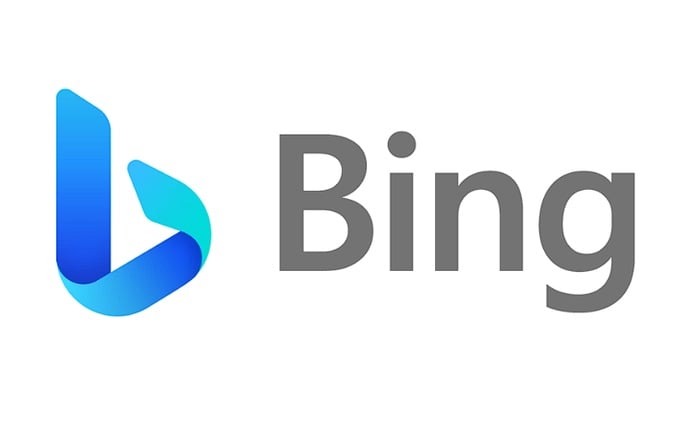
if you are currently in the process of developing new artificial intelligent (AI) applications and services you may be considering searching for investors or ways to generate investment for your AI solutions. If you see a future where the world has fully embraced artificial intelligence.
This is the vision that Andreessen Horowitz, a prominent venture capital firm, is investing in. They believe that Artificial Intelligence (AI) is the key to unlocking a future where abundance is the norm, not the exception. Their investment strategy, known as “The Abundance Agenda,” is focused on funding AI-driven applications and platforms that could redefine entire industries and lead the market.
At the heart of this strategy is the idea that AI can democratize services that were once considered luxuries, making them accessible to a much wider audience. This could lead to an unprecedented generation of wealth for developers, investors, and users alike. Whether you’re creating the next big app, investing in cutting-edge technology, or simply enjoying the enhanced services AI provides, this shift has the potential to impact everyone.
AI is already making its mark on our daily lives. It’s managing our schedules, editing our videos, and even offering companionship. These advancements are not just theoretical; they are happening now, aiming to boost our productivity, creativity, and personal enjoyment. The rise of AI technology is creating a landscape brimming with opportunities. Developers have the chance to tackle significant challenges with innovative apps. Investors can support technologies that have the potential to break new ground. Users stand to benefit from improved services that can enrich their lives in countless ways.
AI app and technology investments
Here are some other articles you may find of interest on the subject of artificial intelligence
The influence of AI is not limited to one sector; it’s spreading across multiple industries. It’s streamlining workflows, aiding in content creation, and providing personalized advice in areas like wellness and personal finance. AI is becoming an integral part of our daily routines, and its impact is only set to grow.
Andreessen Horowitz is particularly interested in AI applications that can efficiently complete consumer tasks, enhance social interactions, and contribute to personal growth. In the realm of education, AI has the potential to tailor learning experiences to individual needs. In personal finance, it can offer insights that were previously only available from professional advisors. The investment possibilities are extensive, and a16z is at the forefront, scouting for the next big thing in AI.
How to generate investment for your AI idea
Generating investment for AI apps and services is a nuanced process, involving a combination of strategic planning, effective communication, and network leveraging. Here’s a comprehensive guide to navigating this path:
1. Refine Your AI Concept
- Identify a Problem: Focus on a specific problem that your AI app or service solves. The more acute and widespread the problem, the easier it will be to attract investment.
- Unique Value Proposition (UVP): Clearly articulate what sets your AI solution apart from existing offerings. Whether it’s innovation, efficiency, cost reduction, or user experience, your UVP should be compelling and easy to understand.
- Market Validation: Use data and research to demonstrate demand for your solution. This can include market size, potential growth, and early user feedback or case studies.
2. Develop a Robust Business Model
- Monetization Strategy: Clearly outline how your AI app or service will generate revenue. Subscription models, freemium strategies, and service fees are common in the AI space.
- Scalability: Investors are particularly interested in scalable businesses. Show how your solution can grow in terms of users, revenue, and market reach.
- Cost Structure and Financial Projections: Present a clear picture of your startup costs, operating expenses, and projected revenues. Realistic yet optimistic financial models are key.
3. Create a Compelling Pitch Deck
- Problem and Solution: Start with a clear and compelling statement of the problem you’re solving and how your AI solution addresses it.
- Market Opportunity: Include data on market size, growth potential, and your target market segment.
- Technology and Product: Explain the technology behind your AI solution and the status of your product development. If possible, include demos or prototypes.
- Team: Highlight the expertise and experience of your founding team, especially in AI and the industry you’re targeting.
- Financials and Ask: Present your financial projections and explicitly state how much investment you’re seeking and how it will be used.
4. Network and Identify Potential Investors
- Target the Right Investors: Research and target investors who have a history of investing in AI or in your industry. Venture capital firms like Andreessen Horowitz, angel investors, and corporate venture arms are common sources of investment for AI startups.
- Leverage Your Network: Use your personal and professional networks to get introductions to potential investors. Attend industry conferences, pitch events, and workshops to broaden your network.
- Engagement on Social Media and Professional Platforms: Share your insights, progress, and achievements on platforms like LinkedIn and Twitter to attract attention from potential investors.
5. Master the Art of Pitching
- Be Concise and Clear: When you get the opportunity to pitch, be concise, and get to the point quickly. Practice delivering your pitch to different audiences and refine it based on feedback.
- Show Passion and Vision: Investors invest in people as much as they do in ideas. Show your passion for the problem you’re solving and your vision for the future.
- Be Prepared for Due Diligence: Investors will scrutinize your claims, financials, and technology. Be prepared with data, documentation, and references to back up your statements.
6. Utilize Online Platforms and Competitions
- Crowdfunding: Platforms like Kickstarter or Indiegogo can be used to raise funds while validating your market.
- Startup Competitions: Participating in startup competitions and hackathons can provide both exposure and funding opportunities.
7. Continuous Learning and Iteration
- Feedback: Be open to feedback from potential investors, even if they choose not to invest. This feedback can be invaluable in refining your approach.
- Iteration: The tech industry evolves rapidly, and so should your AI solution. Continuously iterate on your product and business model based on user feedback and market trends.
By following these steps, you can increase your chances of securing investment for your AI apps and services. Remember, persistence and flexibility are key; not every investor will be a match, but with the right approach, you’ll find those who share your vision and are willing to support your journey.
As AI continues to evolve, it’s clear that it will play a pivotal role in shaping our future. The question is, how will you engage with this transformative movement? Will you be a creator, an investor, or a user reaping the benefits of AI’s potential? The opportunities are vast, and the time to get involved is now. For those interested in the financial aspect, exploring ways to automate passive income with AI could be particularly intriguing. Meanwhile, writers can enhance their craft with AI tools for fiction writing, and audiophiles might explore the latest AI tools for sound and audio.
Filed Under: Guides, Top News
Latest timeswonderful Deals
Disclosure: Some of our articles include affiliate links. If you buy something through one of these links, timeswonderful may earn an affiliate commission. Learn about our Disclosure Policy.




